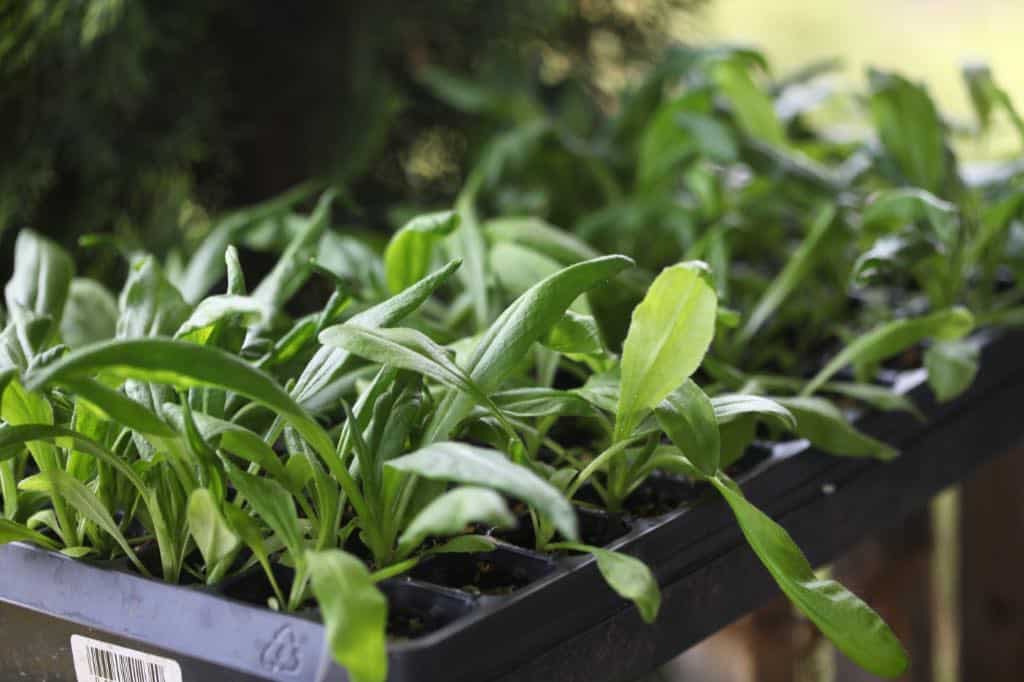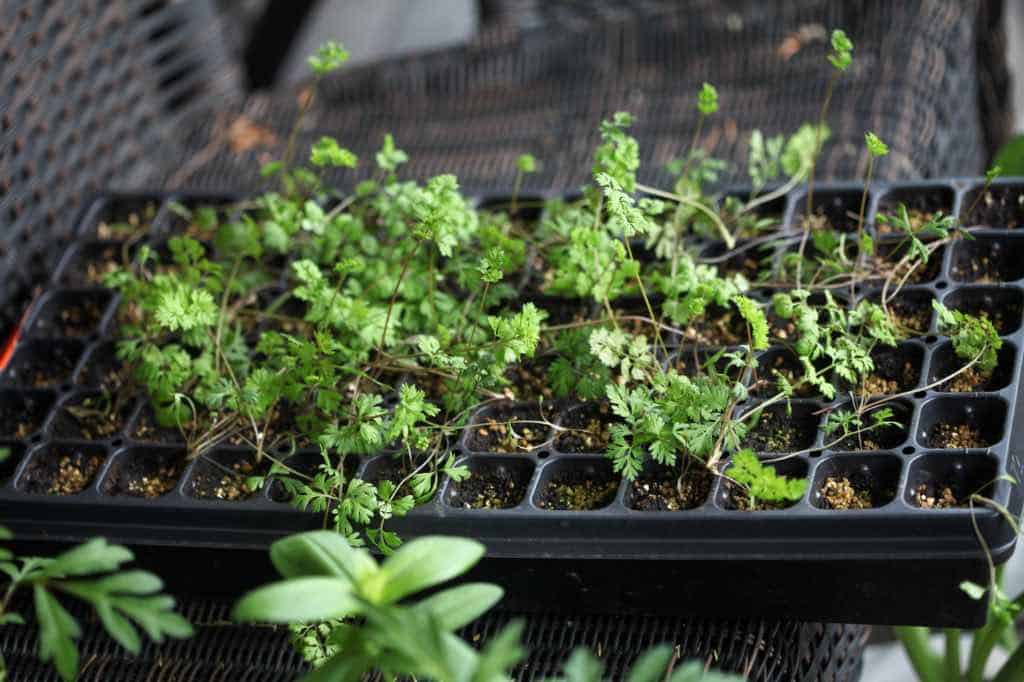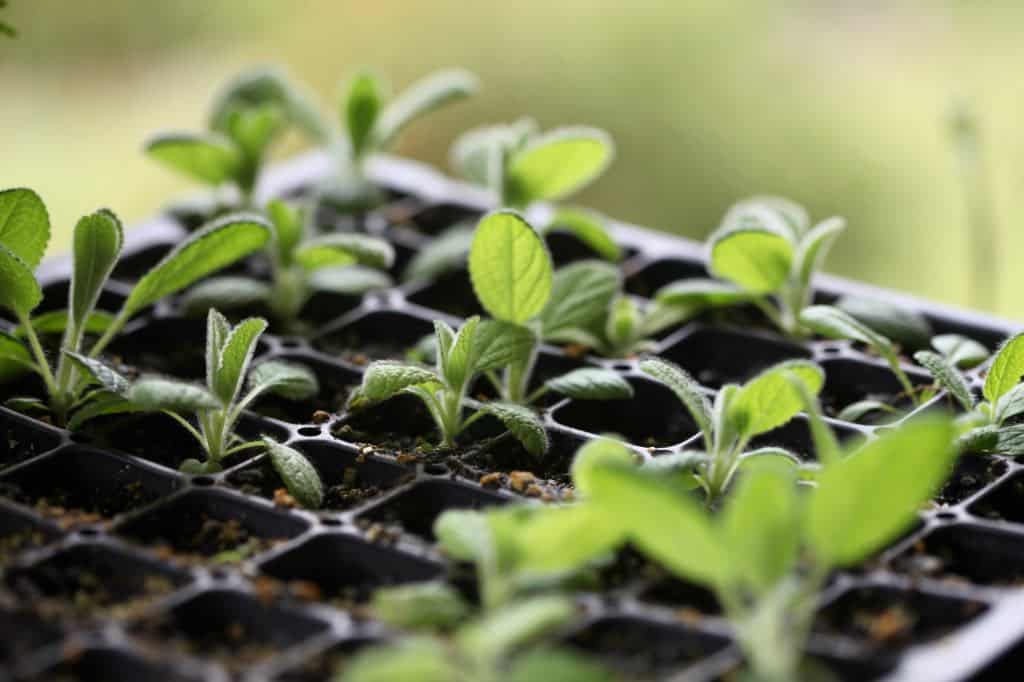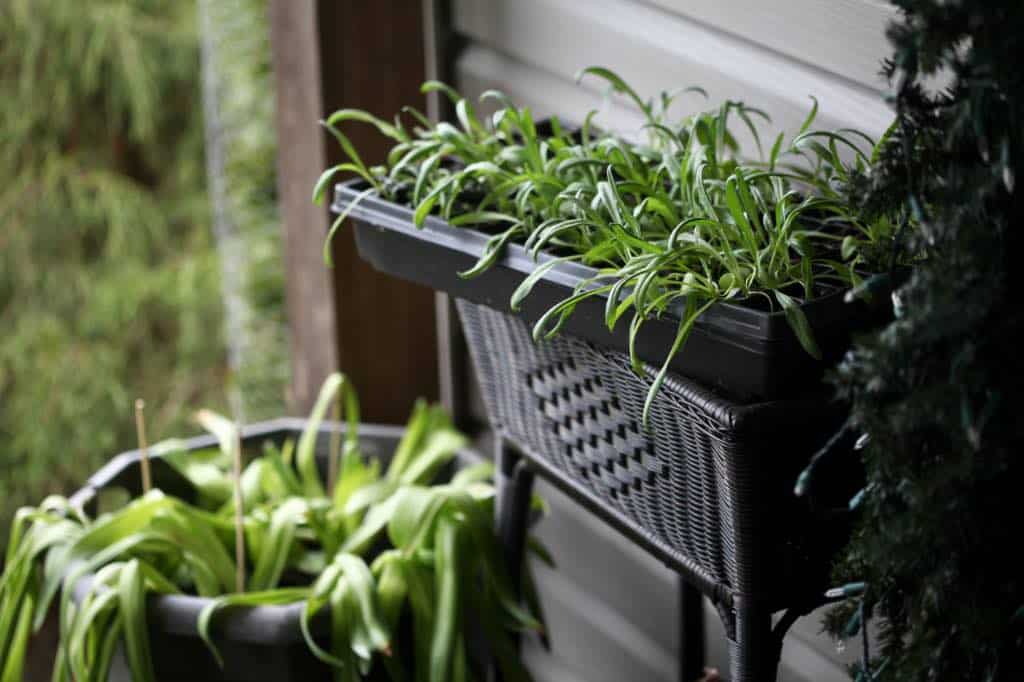Gardening enthusiasts often dedicate a significant amount of time and effort nurturing their plants, ensuring that they grow healthy and strong. One critical step in the process of transitioning plants from indoors to outdoors, or from a greenhouse to the open garden, is known as hardening off. Learn how to harden off plants, to prepare them for life in the great outdoors.

Hardening off plants is an important step in preparing young plants and indoor seedlings to transition to the outdoor environment. This process helps plants to acclimate to the outside environment, reducing the likelihood of shock, stunted growth, or even death.
If you have started seeds indoors in late winter or early spring, it will be very important to prepare these tender seedlings with care, before bringing them out into the garden. Harden off your plants by gradually introducing them to outdoor conditions, such as sunlight, wind, and varying temperatures.
The incremental exposure allows the plants to gradually adjust, and build resilience. The process”hardens off” tender plants, by making them sturdier and more durable to withstand the elements in the outdoor environment.
The tougher plants will be able to thrive in their final outdoor setting. Skipping this essential step will likely result in weakened plants, which are more susceptible to damage from any changes in the outdoor elements.
In this post we’ll review the techniques and best practices for hardening off plants effectively. By following these steps you can confidently transition your seedlings gradually to the outdoor setting, ensuring a flourishing and productive garden throughout the rest of the season.

Understanding Hardening Off
Defining Hardening Off
Hardening off is the process of gradually acclimating plants, especially seedlings and young transplants, to outdoor conditions, after they have been grown indoors in a protected environment. This allows the plants to gradually adapt to changes in temperature, sunlight, and wind, before being permanently planted outside in the garden.
The hardening off process is typically done over a period of 7-10 days, gradually increasing the amount of outdoor exposure each day.
By gradually acclimatizing the plants to outdoor elements, such as sunlight, wind, and fluctuations in temperature, the plants actually experience a physiological change in their structure. The tender plants will begin to accumulate carbohydrates, which stimulates root development, reduces water within the plant, and thickens cell walls. (source)
With less water within the tissues of the plants, they become less at risk from injury due to freezing.
These physiologic changes make the plants sturdier and stronger. It enables the plants to tolerate the outdoor stresses, and prepares them for life in the garden space.
You can literally see the change in the plants as they become hardened off. The tender foliage becomes stiffer and firmer, and visually tougher.
The hardening off process is a crucial step. Without it the tender young seedlings would become injured very quickly when exposed to the elements.

The Importance Of Hardening Off
There are several notable benefits associated with hardening off plants before moving them outdoors permanently. These benefits include:
1. Reduced Transplant Shock: Plants that have been hardened off properly are less likely to suffer from transplant shock, a condition that can cause stunted growth, leaf drop, or even plant death due to sudden changes in environmental conditions.
2. Increased Resilience: When hardened off, plants are better able to withstand variations in temperature and weather, making them more resilient to climate fluctuations. They also become less susceptible to damage from pests and diseases.
3. Improved Root Development: The process of hardening off encourages stronger root systems. This is important, as the plants must adapt to different soil conditions when moved outdoors. Improved root development leads to improved nutrient uptake, and overall plant health.
4. Higher Survival Rates: Ultimately, proper hardening off increases the likelihood that the plants will survive and thrive in their new outdoor environment. The plant’s energy will be able to be directed into growth and establishment in the garden, rather than to repair of injury resulting from exposure.

How To Harden Off Plants
Timing For Hardening Off
To harden off plants, it’s important to choose the right time, when the danger of frost has passed for your growing zone. Know your USDA plant hardiness zone, and calculate the hardening off dates from there, considering your last frost date.
Start the hardening off process 2 weeks before your last expected frost date in spring, and alternatively for fall and winter crops, 2 weeks before the first frost date in fall.
This 2 week period will allow you the time to carefully expose your plants to the elements, while also being cautious of any detrimental weather patterns, such as high winds and freezing temperatures. There may still be a risk of frost at night, however your plants will be brought inside.
Being tuned in to the weather conditions during this process will allow you to protect the plants, and remove them from these situations, if they occur.
Begin hardening off when the air temperature is consistently above 10°C (50°F) during the day.

The Steps Of The Hardening Off Process
The hardening-off process should be done gently and gradually, over the course of 7 to 10 days. It involves slowly increasing the plants’ exposure to sunlight, wind, and outdoor temperatures, and being tuned in to any sudden changes, that might alter the plan.
This gradual process allows the plants to slowly adapt to the outdoor environment, creating the physical changes within the plants themselves.
Be aware of variability in the weather, and use good judgement to protect your tender plants. If the weather suddenly changes, it’s okay to remove the plants from the setting, and bring them back inside for the day to protect them.
Avoid placing them outside on a very cold or windy day. They will eventually get there, it’s okay to skip a day.
Ensure as well that the plants receive adequate water during the hardening off process. They will require more hydration due to the increased sun and wind exposure.
It’s best to start off in a sheltered spot, such as a covered porch if possible. Slowly and gradually expose the plants to longer durations in the outside elements.
On the first day start with 1-2 hours. Then the next day try 2-3 hours. Gradually increase the time spent outdoors by 1 hour each day if possible, depending on the weather.

In the initial stages protect the plants from:
1. Sun: Limit direct sunlight exposure intially to prevent scorching. This includes cloudy days, when the plants are also vulnerable. Gradually increase sun exposure over time.
2. Wind: Place in a sheltered location to avoid damage from strong winds.
3. Rain: Keep the plants under cover in the rain, as heavy rains can cause damage and waterlogged soil.
4. Cold: Bring inside if the temperature drops, and cover if they are ready for a full day of exposure, but there is a risk for frost.
A SAMPLE HARDENING OFF SCHEDULE
| DAY | DURATION | LOCATION |
| 1 | 1-2 hours | protected/ indirect light/ shady spot |
| 2 | 2-3 hours | protected/ indirect light |
| 3 | 3-4 hours | protected/ indirect light |
| 4 | 4-5 hours | protected/ full sunlight |
| 5 | 5-6 hours | protected/ full sunlight |
| 6 | 6-7 hours | protected/ full sunlight |
| 7 | 7-8 hours | full sunlight |
| 8 | 8-9 hours | full sunlight |
| 9 | 9-10 hours | full sunlight |
| 10 | full day/ cover at night if risk of frost | full sunlight |
Remember to bring the plants indoors if the temperature drops significantly, or the wind whips up.
Keep a close eye on the weather forecast, and adjust the hardening process as needed. The length of time for the hardening off process can vary, depending on the weather.

Monitoring Plant Progress
Weather Conditions
When hardening off your plants, it’s very important to pay close attention to the weather. Remember that young and tender seedlings are very vulnerable to sudden changes in temperature and environmental conditions.
Signs Of Readiness
To understand if your plants are ready to transition from the hardening off process to planting in the garden, observe for the following signs of readiness:
1. Foliage: Healthy plants will have strong vibrant foliage and healthy growth. Hardened off plants will have sturdy foliage and stems.
2. Root Growth: You can inspect the plant’s root system by gently removing it from the pot. A well-developed root system is an indication that the plant is ready for transplanting.
3. New Growth: Keep and eye out for new buds and foliage developing on the plant. This signals new plant growth, and a sign that the plant is robust enough to survive in the garden.
By carefully monitoring the weather conditions and observing your plants’ progress, you’ll be better equipped to help your plants make a successful transition to the garden. Remember that adaptation can take time, so be patient and adjust the hardening off process to the weather, and to individual plant needs.

Transitioning To The Garden
Once your plants have completed the hardening off process, it’s time to transition them to their new environment in the garden.
Choose to plant on a cloudy day, or during late afternoon hours to avoid full sun, to reduce transplant shock due to sun exposure.
Before transplanting, be sure to thoroughly water seedlings in their pots. This step helps to keep the root balls of the new transplants moist and intact while planting.
Plant your newly hardened off seedlings into their permanent home, providing the correct planting and care requirements for the specific cultivar that is being planted.
Frost-sensitive plants can still be protected in the garden at this point by covering with row covers, or covering at night.

Frequently Asked Questions
Do I Really Need To Harden Off Plants?
Plants that have been grown in a more protected and controlled environment, such as those grown indoors under a grow light, or even those grown in a greenhouse, are considered tender, and will need to be hardened off before being left outside 24/7.
That being said, any plants which are directly sown into the garden are already naturally hardened off. Direct sown and winter sown plants have adapted to the elements, and will be naturally strong and sturdy. These seedlings are usually able to withstand changes in the elements, depending on the cultivar and plants themselves.

What Is The Quickest Method To Harden Off Seedlings?
The quickest way to harden off seedlings is the gradual exposure method. Gradually expose the plants to the outside weather, increasing the time spent outside by an hour per day. Ensure that the seedlings receive adequate shade and protection from harsh weather conditions during this period.

What Is The Problem With Hardening Off?
The hardening off process can be unpredictable, and it’s important to allow some room for flexibility in your plan. This will help to protect your plants, if the weather suddenly becomes harsh or intolerable.
Leave the plants indoors on windy days, or on days with cold temperatures and harsh conditions.
It’s okay to alter your hardening off plan, in order to protect the plants. Even if they are in the middle of the hardening off process, protecting the plants from severe weather conditions will ensure a better outcome.

Conclusion
The hardening off process is crucial to plant development, and adaptation to the outdoor environment. Hardening off essentially “hardens” delicate seedlings, making them more resilient.
Although this process can be a bit challenging with weather changes, and possible schedule changes, the key is just to be patient.
If you have grown your own seedlings indoors, you have likely spent lots of time and energy tending to these tiny plants, just trying to keep them healthy and growing until spring. It’s so important that they survive the final transition to the garden as well.
This final step in their journey however can sometimes be overlooked or rushed. Just be reassured that it is well worth the time and effort, for the survival of your plants.
Also be prepared that you may still lose a few plants throughout this process. It happens sometimes.
The end result is that the hardening off process makes your plants stronger and more resistant to all sorts of stressors.
By completing this crucial step in their transition you will be able to look forward to a garden full of happy and healthy plants.

Have you successfully followed this process to harden off your plants? Be sure to leave a comment below to share your experience!
Other Posts You May Like:
PIN IT FOR LATER!





Leave a Reply